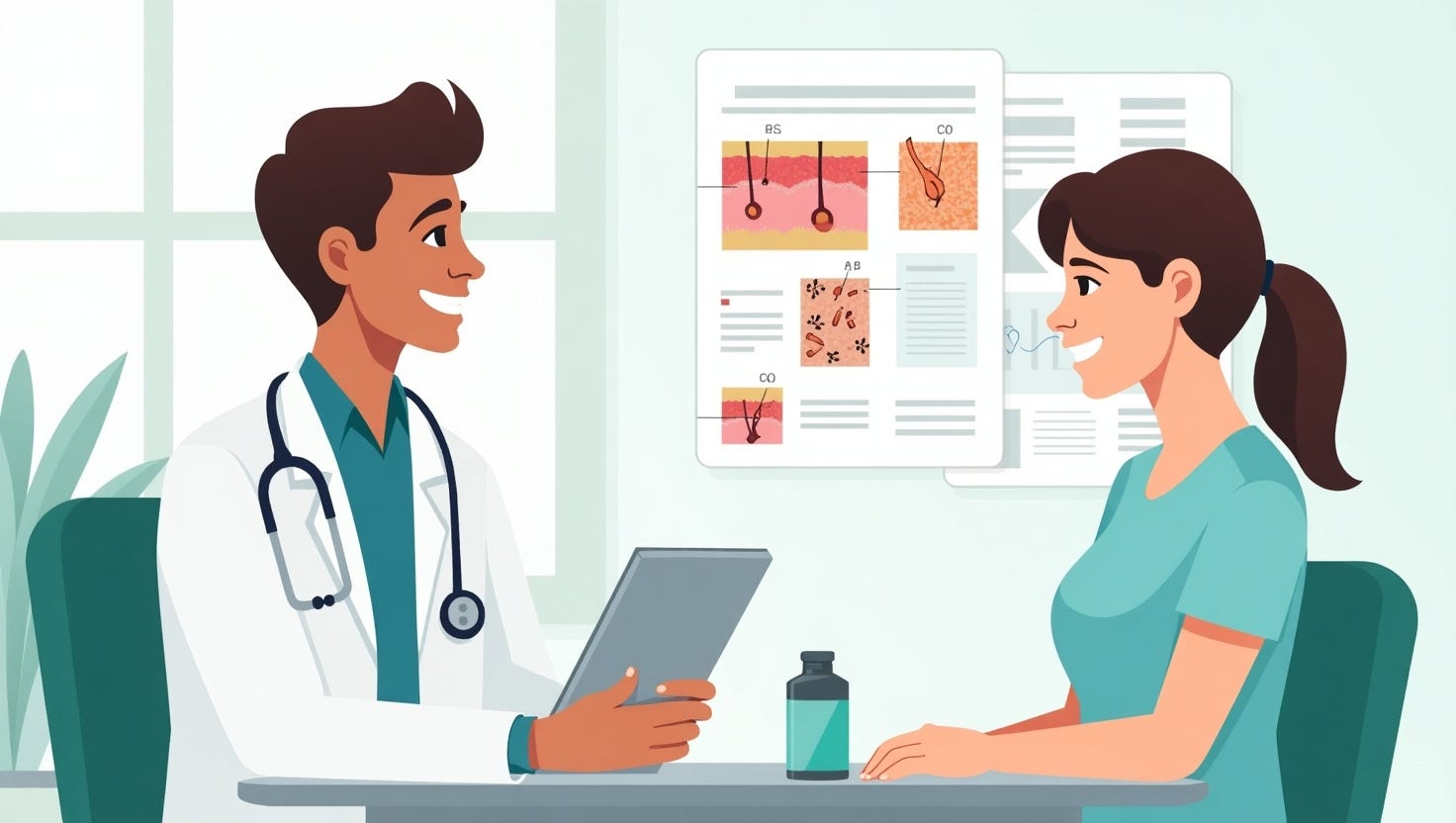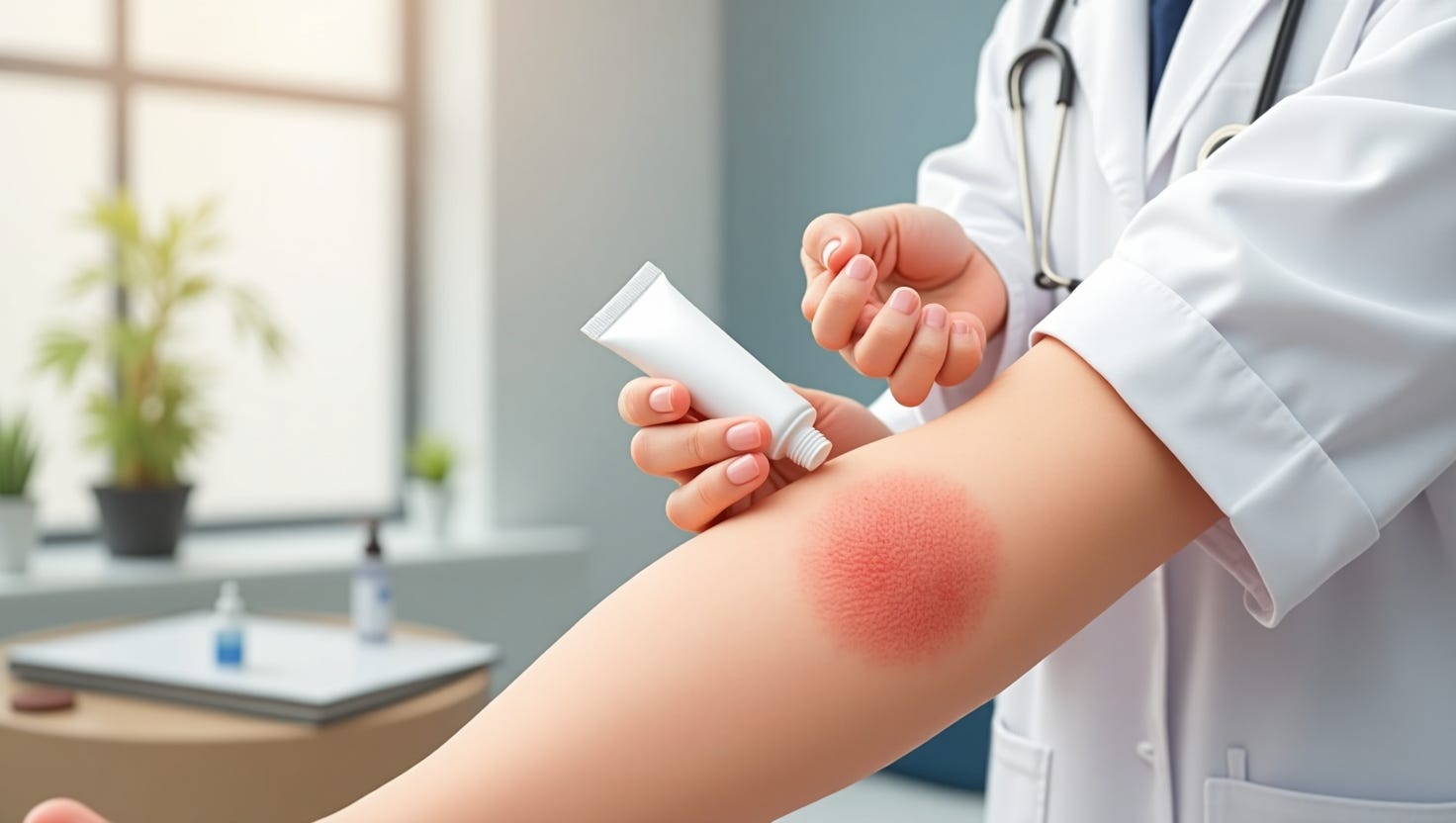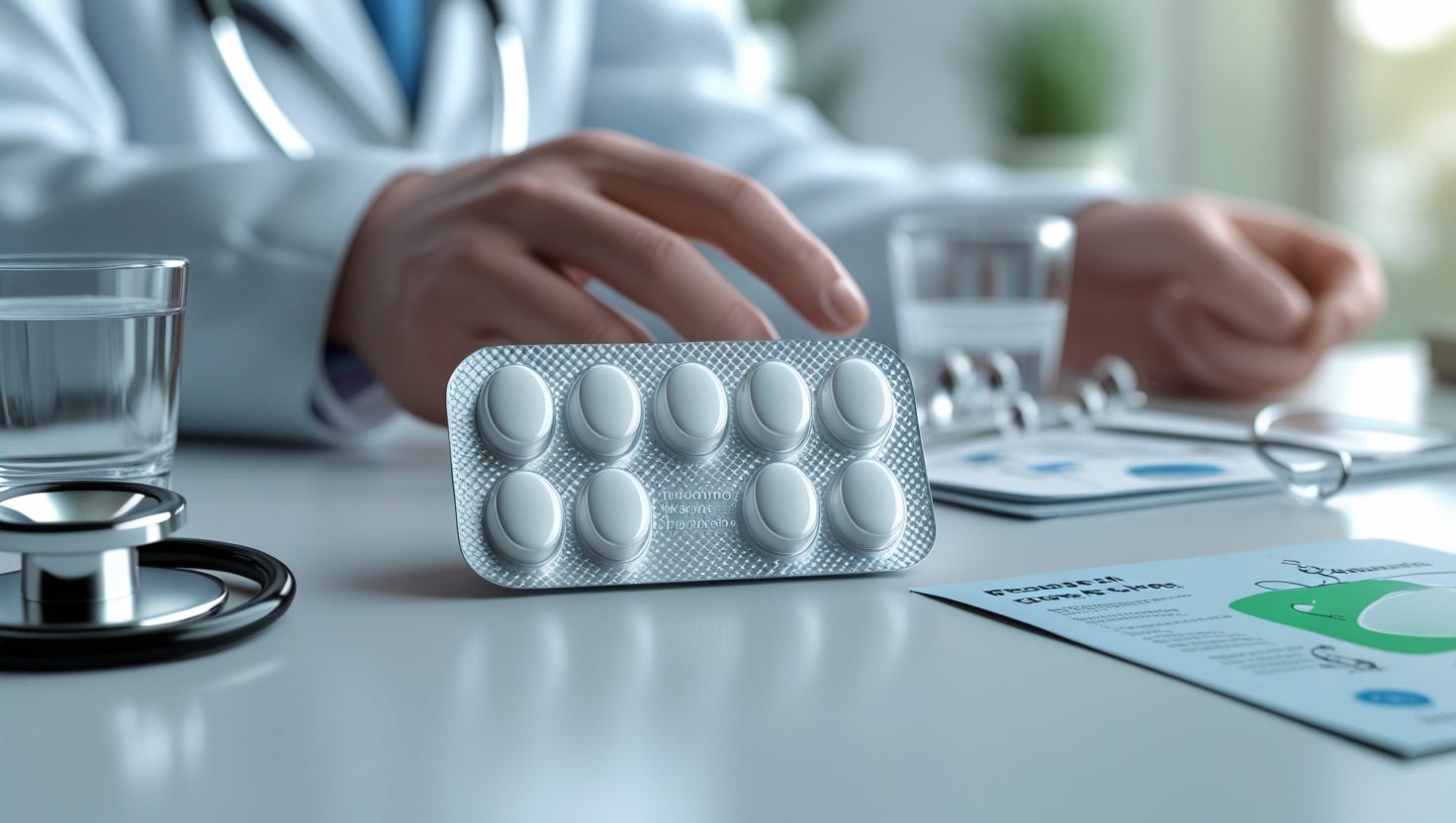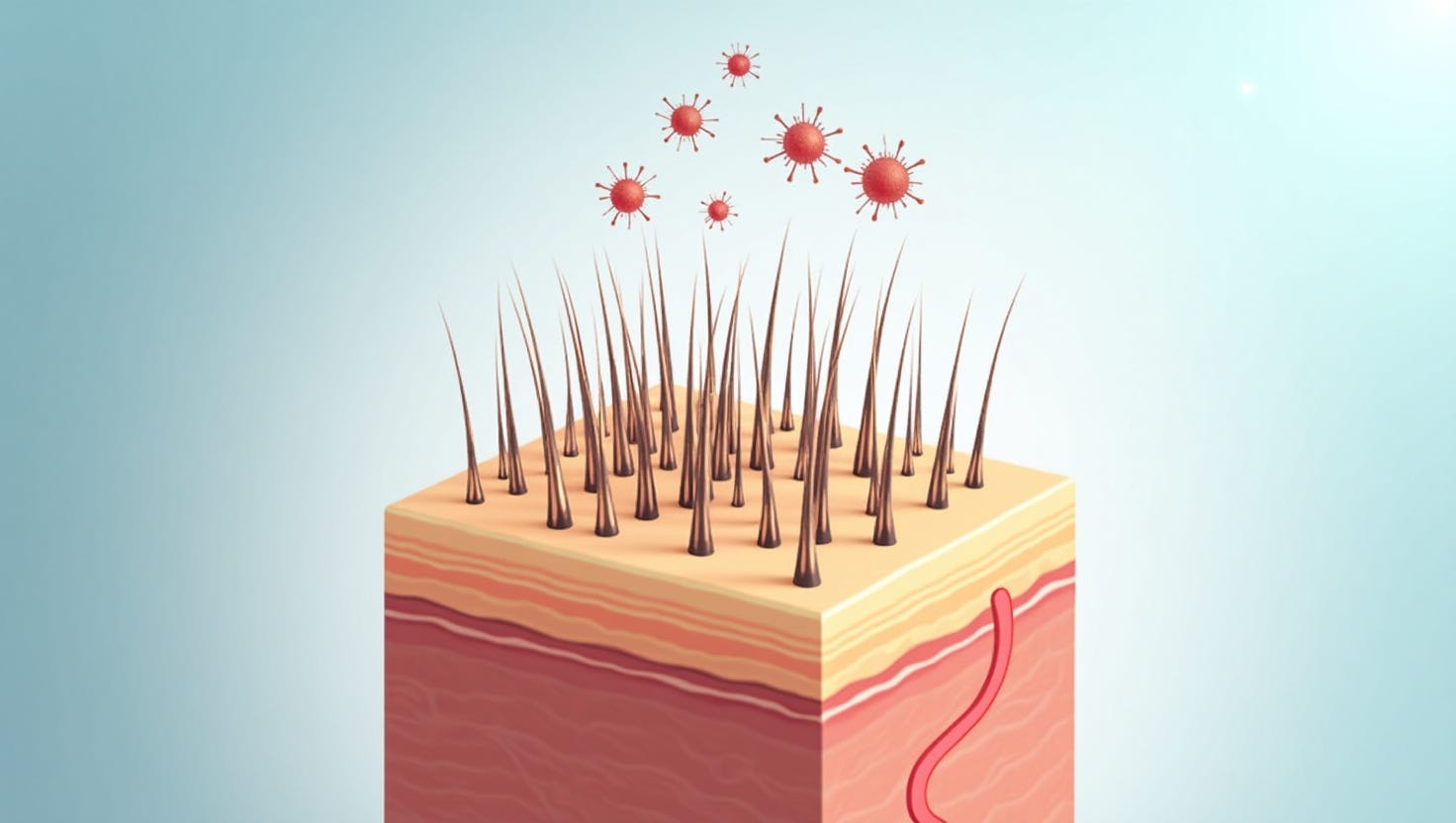Seborrheic Dermatitis On Face
Table Of Contents
- What Is Seborrhoeic Dermatitis?
- Signs of Seborrhoeic Dermatitis
- Essential Skincare Practices For Managing Seborrhoeic Dermatitis
- Medical Treatment Options For Seborrheic Dermatitis
What Is Seborrhoeic Dermatitis?
Seborrhoeic dermatitis is a common chronic skin condition characterised by red, inflamed patches covered with greasy or dry, white scales. It primarily affects areas rich in sebaceous glands, such as the scalp, face, and upper trunk. The condition is thought to arise from genetic predisposition, hormonal factors, and an overgrowth of a yeast called Malassezia on the skin. While seborrhoeic dermatitis is not contagious, its exact aetiology remains incompletely understood.
Signs Of Seborrhoeic Dermatitis
Seborrhoeic dermatitis can affect various parts of the face, including the eyebrows, sides of the nose, and behind the ears. Symptoms may include:
- Redness and inflammation: Affected facial areas may appear red, inflamed, and irritated.
- Dry or oily patches: Due to increased sebum production, the skin may have dry patches, similar to dandruff or oily patches.
- Itchiness: Itching is a common symptom, and scratching can worsen the condition.
It is advisable for individuals experiencing symptoms consistent with seborrhoeic dermatitis to consult a dermatologist for a comprehensive evaluation and personalised management plan.
Essential Skincare Practices For Managing Seborrhoeic Dermatitis
Managing seborrhoeic dermatitis involves adopting a consistent skincare routine and making lifestyle adjustments to minimise flare-ups. Here are some essential skincare practices for managing seborrhoeic dermatitis:
- Gentle Cleansing Routine: Recommend using a mild, non-irritating facial cleanser. Avoid harsh soaps or cleansers with strong chemicals that can exacerbate irritation.
- Regular Exfoliation: Exfoliating can help to remove dead skin cells and scales. It can help prevent the buildup of oil and yeast that can worsen seborrhoeic dermatitis. You can exfoliate with a gentle scrub or by using a washcloth.
- Moisturising Routine: Seborrhoeic dermatitis can cause dry skin, so it is essential to moisturise regularly. Look for a non-comedogenic fragrance-free moisturiser, meaning it will not clog your pores.
- Avoid Scratching. Scratching can irritate the skin and make seborrhoeic dermatitis worse. If you find yourself scratching, try to find other ways to relieve the itch, such as applying a cold compress or taking an antihistamine.
Medical Treatment Options For Seborrheic Dermatitis
The treatment option includes:
1. Over-the-Counter Remedies
- Antifungal Creams: These contain ingredients like clotrimazole, ketoconazole, or miconazole, which help combat the overgrowth of yeast on the skin. They can be applied directly to the affected areas.
- Antifungal Shampoos: Specifically designed for seborrhoeic dermatitis on the scalp, these shampoos often contain active ingredients like ketoconazole, selenium sulphide, or zinc pyrithione. They work by reducing the levels of yeast on the scalp.
- Hydrocortisone Creams: These mild topical corticosteroids can help reduce inflammation and itching associated with seborrhoeic dermatitis. They are available in varying strengths, and following usage instructions carefully is essential.
- Salicylic Acid: This ingredient helps soften and remove scales on the skin, relieving itching and flaking. It can be found in shampoos, creams, and ointments.
2. Alternative Treatments
- Natural oils: Some natural oils like coconut oil, tea tree oil, and jojoba oil may bring relief from seborrhoeic dermatitis. They can help moisturise the skin and have potential antifungal properties.
- Aloe Vera: Applying pure aloe vera gel to affected areas may help soothe inflammation and itching.
- Apple Cider Vinegar: Diluted apple cider vinegar can be used as a rinse or applied topically. It may help restore the skin's pH balance.
The effectiveness of treatments can vary from person to person, so it's essential to work closely with a dermatologist to develop a personalised treatment plan. They can monitor progress and make adjustments as needed.
When To Seek Medical Attention
Knowing when to seek medical attention for facial seborrhoeic dermatitis is crucial for effective management. Mild cases can often be managed with over-the-counter remedies like medicated shampoos or topical creams containing ingredients like salicylic acid or ketoconazole. However, if the condition persists, worsens, or spreads to sensitive areas like the eyes, ears, or genitals, it is imperative to consult a healthcare professional immediately. Additionally, seeking medical attention is crucial if the inflammation becomes severe, causing discomfort or pain, or if there are signs of infection like pus-filled sores or spreading redness.
Wrapping It Up
Kaya is your trusted partner in managing facial seborrheic dermatitis, offering tailor-made therapies targeting this complex condition. With a team of expert dermatologists, Kaya creates customised treatment plans tailored to your needs. Their advanced therapies and specialised products work harmoniously to alleviate symptoms and restore your skin's natural balance. To summarise, Kaya offers
- Expert Dermatologists
- Personalised Treatment Plans
- Advanced Therapies
- Specialised Products
- Lasting Relief










